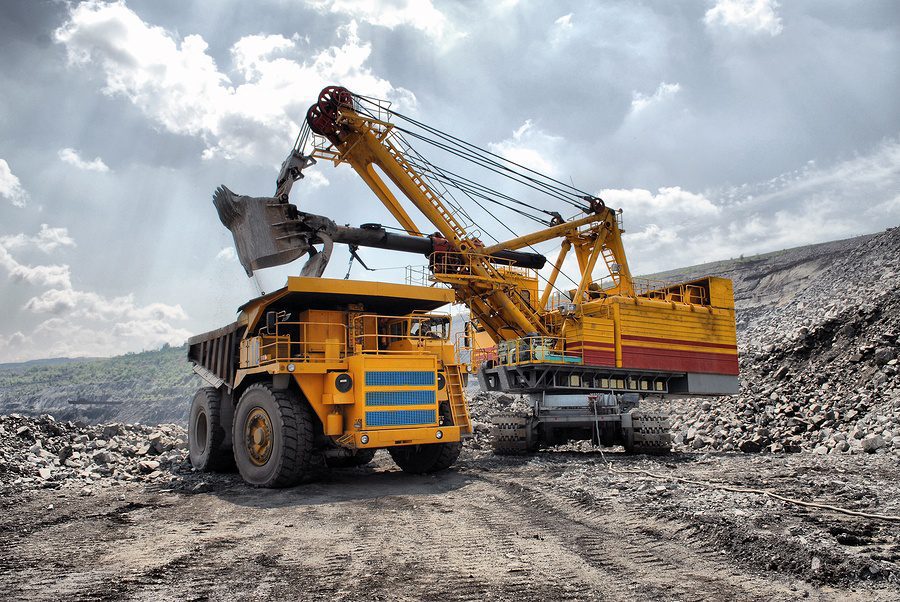Managing Material Cost Fluctuations
 The prices of raw materials are currently fluctuating at unprecedented levels both in the United States and elsewhere in the world. Since pricing is affected by the tightening of supply markets, this trend shows no indication of changing anytime soon.
The prices of raw materials are currently fluctuating at unprecedented levels both in the United States and elsewhere in the world. Since pricing is affected by the tightening of supply markets, this trend shows no indication of changing anytime soon.
In an article from the firm A. T. Kearney, entitled “Raw Material Strategy—Volatility is Here to Stay”, they state, “In today’s roller coaster ride of raw material pricing, firms that master the volatility can improve earnings by 2 to 5 percentage points, increase the security of supply, and improve supply chain operations.” As such, many welding and fabrication companies are raising their prices, and in the process are alienating their clients. However, there are ways to avoid this.
Cost of Raw Materials
The cost of raw material represents a significant portion of the cost of the job. For the manufacturer of original equipment, that portion represents 15 to 20 percent; for process industries, the figure rises to 50 to 60 percent. In the steel industry, the primary raw material used is iron ore. With three iron-ore firms (BHP Billiton, Rio Tinto, and Vale) controlling 70% of the iron-ore trade, both the price and price volatility of iron-ore are rising. These producers desire to take advantage of upper spot pricing and do not want to be limited by annual contracts.
For a company with significant transportation costs associated with shipping, take the price of another raw material, petroleum. Crude oil was at a 13-year record $25 per barrel low in mid-January 2016 and has soared more than 70 percent since.
Raw Material Strategy
How does a company survive dealing with these volatile price elements? The following are elements of a sound strategy to meet the challenge:
- Develop a raw material agenda. Link raw material management to the firm’s raw material exposure, market situation, and overall business strategy. Recognize targets to attain a preferred risk profile and the potential for upside, balancing risk with benefits.
- Set supply chain and market transparency. Be able to see the forces you are dealing with in the areas of supply, demand, and key inputs. For example, a key input is viewing pertinent grades of steel—the volatility of mild steel could be one of these factors. Investment in waste minimization technologies can result in cost savings.
- Manage raw material risk. Use input costs to define purchasing prices. Build strategic alliances and a supplier base. Integrate backward along the value chain (such as steel mills integrating into iron-ore). Change manufacturing setup to lessen dependence on raw materials constrained by supply.
- Create a strategic organization. Link the management of raw materials into regular business operations—finance, procurement, treasury, training curriculum and hedging mechanisms.
- Recognize the real quantities used. Evaluate all purchased goods for their price volatility and material composition.
- Establish clear terms with suppliers. These can include gross and net weights for the materials, the basis of cost (index, published price, or market-based), duration of quotation and if it is subject to adjustments.
- Manage inventory. An alternative to maintaining low, Just-In-Time inventories is the amassing of raw materials when prices are low and the consuming of them when prices are high.
- Track price changes. For your key product lines, monitor an index for groups of raw materials. This will enable you to have an aggregate perspective of price fluctuations.
Conclusion
In these times, the challenges for a company to get a handle on raw material management are both major and numerous. However, this does not mean they are passively subject to all the forces buffeting them. The importance of an intelligent overarching strategy in raw materials cost management cannot be overemphasized.


